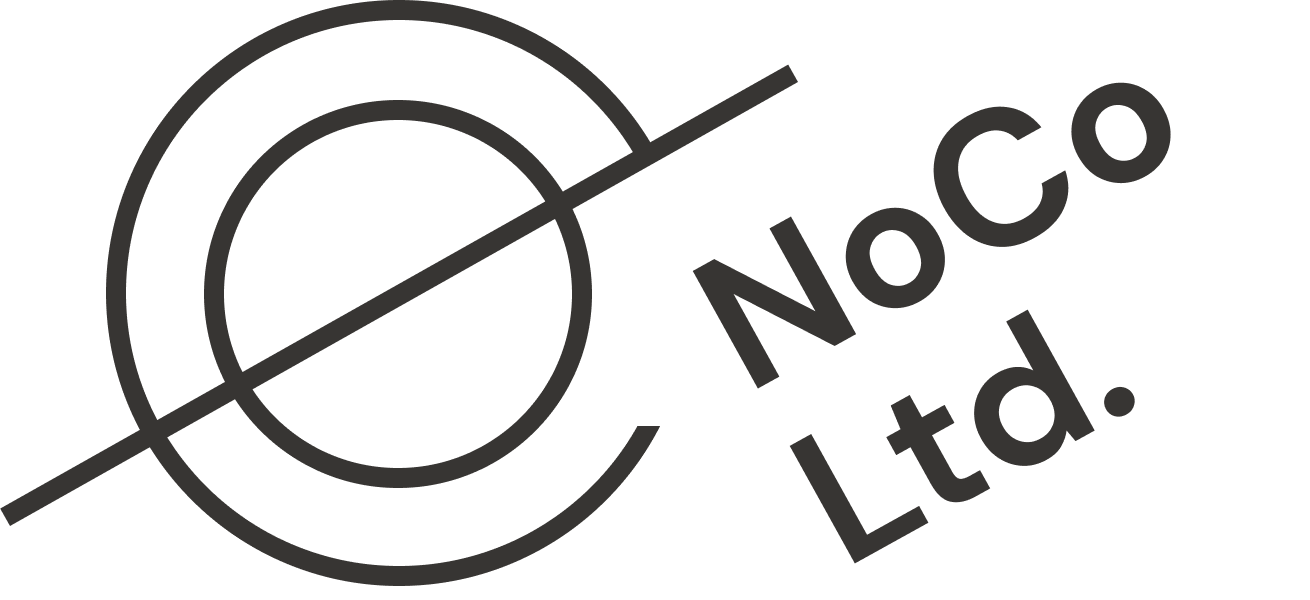On Community
A manifesto for coming together
Humanity often reflects aspects of the natural world, yet we have the audacity to think of these qualities as unique to our sentient experience. Consider the mycorrhizal network, a connection of tiny fungal threads in the soil that connect trees and plants together to deliver news, nourishment, and nutrients. The mycelium threads form underground branching connections, invisible from the surface but critical to the ecosystem’s survival. Our soil’s fungal system quietly demonstrates the true strength of the natural order: interconnection, interdependence, and integration. Nature reverberates with community.
We are primed in our beings towards the pattern of togetherness. See, for instance, the images above. On the left, three shapes. On the right, the same three shapes, as well as a fourth at the center. Gestalt psychology describes this form of pattern recognition as the principle of closure: the human brain fills in the blanks to complete the image in the open space. We recognize when something vibrates in the space between. We seek this shared connection, this creation of something more. We are the shapes, and when we turn with openness toward one another, we become greater than the sum of our parts. We form communities.
Humans deeply need community, but not in a singular or inherited form. We need more than one community–different forms and intersections–because each of us contains multitudes, is a plurality. No single community can be our everything. In turn, each community needs to embrace the differences within it for the ecosystem to survive and thrive. A healthy community does not come from each entity being the same, nor from enforced agreement. Community is an assemblage of diverse people who support and nurture each other, who actively seek perspectives different from their own. By choice. With love and camaraderie. Through abundance and collaboration. In solidarity and for mutual benefit.
While some communities are formed by proximity, many are formed by intention. It’s the intentional communities, and the people who design, build, and sustain them, that are our focus. Whether those communities are formed around shared identity, communal purpose, or a common goal, there is a consistent set of skills, behaviors, and approaches that buttress their foundation and sustenance. To lead an intentional community is to understand its components deeply, and to coalesce them in a way that creates the greatest multiplier for the collective talent, intelligence, and resources of the group. To be a community leader, one must facilitate and contribute, not command and control. Community leaders bring people together to provide for everyone, to energize people to think about needs beyond their own, and to consider all needs integral. No need is special and all needs can be met before there is desperation, disaster, or emergency.
This is rarely easy; making and sustaining a community is hard. There are conflicts to resolve, personalities to navigate, differences of opinion to weigh, ulterior motives to discern. A community is a living organism of its own, always in flux and always vulnerable to injury. A community needs tending and nurturing. It needs governing and mending. It needs compromise. Every community must develop its own internal logic, its own rules of engagement that evolve with the community—without betraying its purpose. But the rewards for this work are great and the results can be beautiful.
Turning toward one another makes us stronger. Being accountable to others makes us better. The intentional formation of community allows us to be witnessed, to make a place where our stories can be told, heard, and validated. And when we all are truly seen and held in community, a resilient ecosystem of consensual care develops.
Community is caring and being cared for with warmth. It’s needing and being needed with ease. Community is solidarity. Together, we are greater than the sum of our parts.

